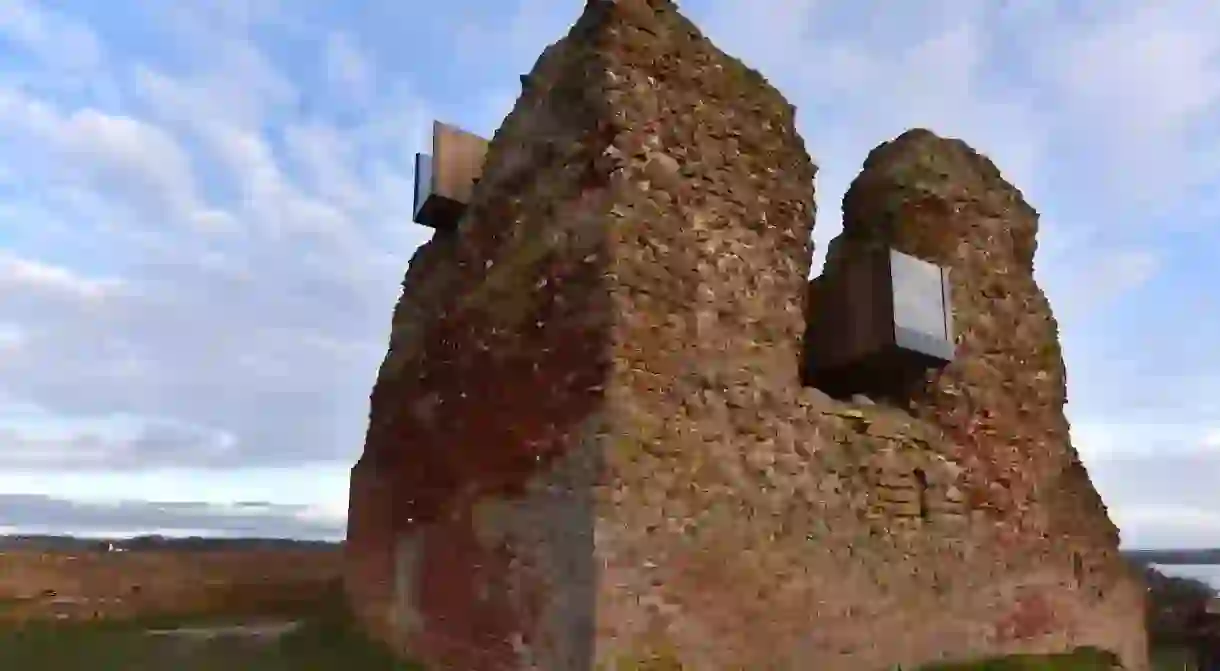Visitors Can Now Climb Denmark's Famous 'Kalø Castle' for the First Time in Centuries

A seemingly simple staircase design by MAP architects has opened up one of Denmark’s most important archaeological gems, ‘Kalø Castle‘, a 700 year-old medieval ruin. Previously inaccessible, visitors can now enjoy a whole new user experience thanks to the firm’s innovative project.

Built on an isthmus projecting from the coast, it is a local landmark, a social anchor and major national tourist attraction in the northern part of the Jutland peninsula. However, the brick tower’s internal structure had laid empty for centuries, with only a small single opening being the only source of visual access.

Now, a staircase zig-zags its way through the three-storey building, allowing visitors to enter and experience the archaeological layers at hand’s reach and enjoy breathtaking views of the magnificent landscape via a series of openings and balconies.

It wasn’t easy to pull off, with various challenges of supporting the new structure without harming the integrity and structure of the original historic building. MAP architects cleverly used a portable 3D scanner to digitally scan each brick, meaning tolerances could be reduced to a minimum.

The team spent much time on the site to understand its potentials and challenges before coming up with a minimal yet intricate design that would fit the existing space perfectly.

To minimise damage to the monument the staircase is supported by the ruin at just four key points, spiralling up to the top where visitors are rewarded with sweeping views across the coastline. To protect the structure from harsh weather conditions, it’s been clad in ash that has been heat-treated to last up to 60 years without the need for paint, while the handrail has been coated in a robust matte black finish.

What may seem like a simple staircase has transformed such an important Danish landmark, with visitor numbers already doubling overnight. It’s a good example of impactful design, sensitively done, to help maintain and celebrate historic buildings a 21st-century landscape.













